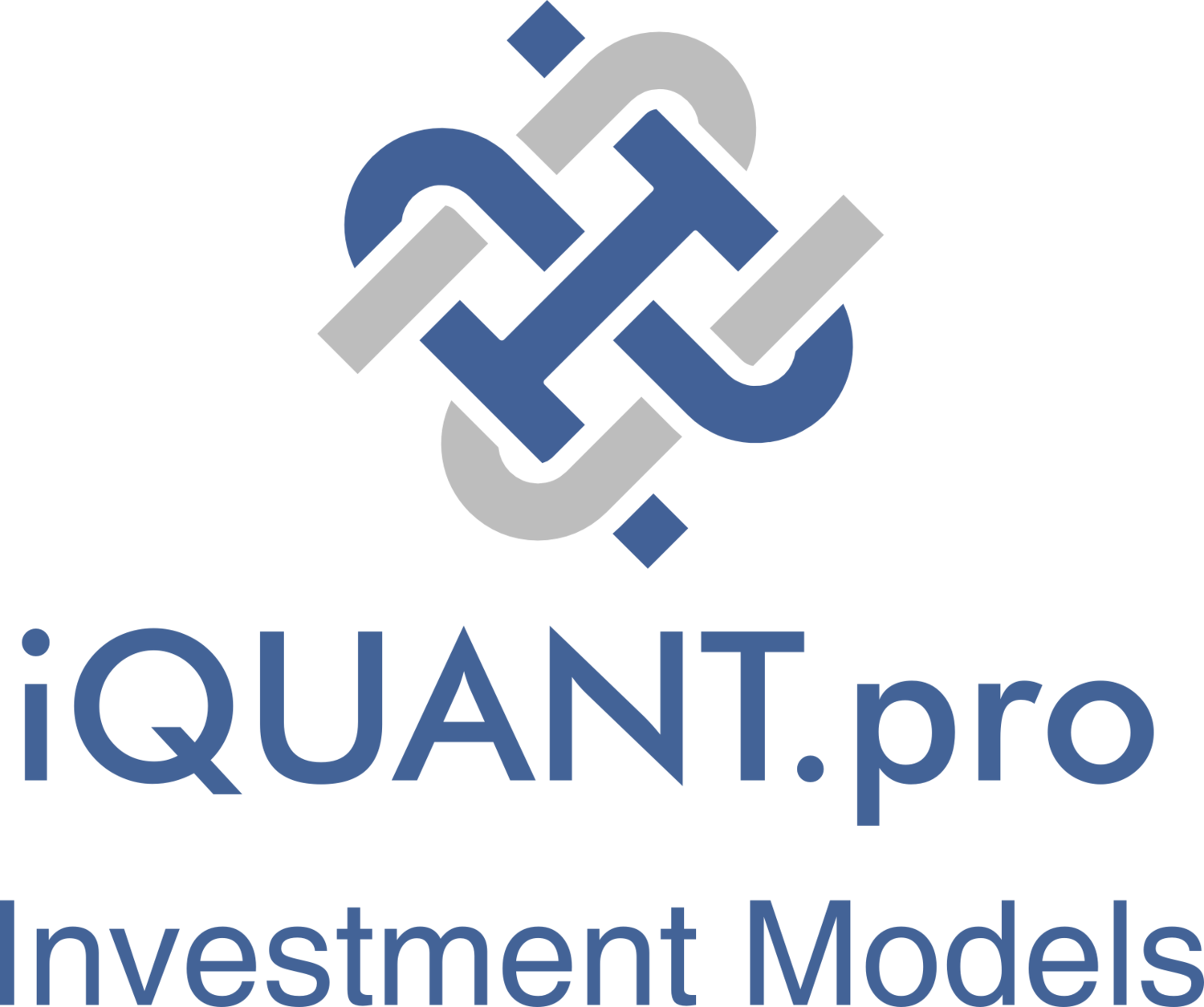Effortlessly find the right investment models
What iQUANT models fit your needs? Take the Model Quiz!
By combining the personalized approach of the iQUANT Model Quiz with the comprehensive database of the iQUANT Model Finder, investment professionals can efficiently identify and select the best investment strategies tailored to their clients' needs.
See below for definitions of each quiz category.
iQ Model Quiz Category Question Definitions
ASSET CLASS
Asset Class options include Bond, Equity, or Multi-Asset. Bond models are ETF-based and select from domestic, international, or global bond ETFs. Equity models can be either individual stock models or equity ETF models, also available as domestic, international, or global. Multi-Asset models have the flexibility to shift between various asset classes such as equity, bond, commodity, or currency.
STRATEGIC FOCUS
Strategic Focus includes four categories: Alternative, Broad Market, Sector/Super Sector, and Style Box. An Alternative investment strategy focuses on unique processes and methodologies like hedging and leveraging, rather than the specific types of investments selected. The Broad Market category encompasses stock or equity ETF models that start with a universe of securities not restricted to any specific sector or style box. The Sector or Super Sector category includes stock or ETF models that focus on specific Standard & Poor's sectors or Morningstar Super Sectors, which consolidate the S&P sectors into three categories based on their beta to the S&P 500 index. Style Box models are equity models that select from a universe defined by capitalization size and valuation characteristics, such as Large Growth, Mid-Cap Core, and Small-Cap Value.
REGION
iQUANT models are categorized into three regional domicile options: Domestic, International, or Global. Domestic models focus on a universe of US-based stocks and/or bonds, or ETFs targeting US-based securities. International models draw from non-US-based stocks and/or bonds, including ETFs centered on international markets. Global models have no domicile restrictions, allowing them to select securities from markets worldwide.
RECONSTITUTION SCHEDULE
All iQUANT models reconstitute on a monthly, quarterly, or annual basis. Monthly models reconstitute on the first trading day of each month. Quarterly models reconstitute on the first trading day of February, May, August, and November. Annual models reconstitute on the first trading day of February.
LOW VS. HIGH TRADING MODELS
Most iQUANT models are active and focus on momentum-based strategies, capitalizing on short-term market trends and price movements. This approach allows investors to quickly adapt to changing conditions and maximize returns, emphasizing companies with strong fundamentals, valuations, and capital efficiencies. However, there is a select group of "Low Trading" models that consist of ten stocks and average only one trade per reconstitution cycle.
SECURITY TYPE
iQUANT models select either stocks or Exchange Traded Funds (ETFs). Models incorporating both ETFs and stocks fall under the "Equity" category.
RISK TOLERANCE
For ease of screening our models, iQUANT categorizes Risk Tolerance into two groups: "Aggressive | Moderately Aggressive" and "Moderate | Moderately Conservative." These categories are defined by long-term historical standard deviation. "Aggressive | Moderately Aggressive" models have a historical standard deviation above 13.0, while "Moderate | Moderately Conservative" models have a historical standard deviation below 13.0.
As a point of reference, the long-term historical standard deviation of the S&P 500 index ranges between 16.0 and 17.0. For bonds, the historical standard deviation has been between 5.0 and 6.0, while a 60/40 stock-bond combination typically has a standard deviation between 10.0 and 11.0.

